How Do I Let Go Of Thoughts That Are Not Positive? | ‘ask dorothy’
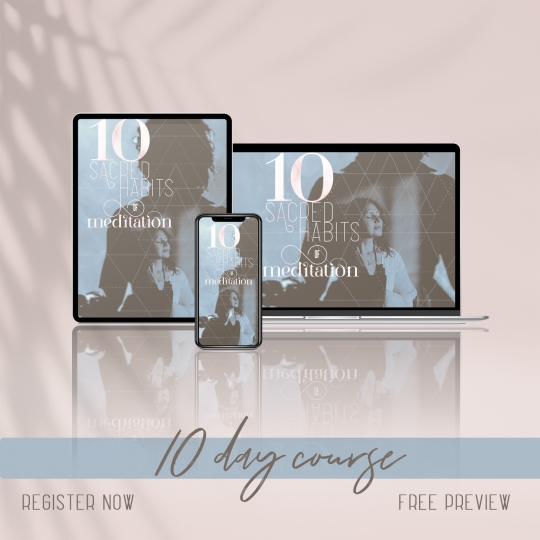
This is a wonderful question that comes from Ionnie as she writes about her experience in my Audio Meditation Course: The 10 Sacred Habits of Meditation. You can find it in The School of Wisdom and it is also featured on Insight Timer.
The Question: “Your explanation about letting thoughts occur helps me experience a more clear understanding of what the meditation experience is about. I am grateful.” ?
“I am working on letting thoughts occur outside of my meditation practice without using resistance to those thoughts that do not serve me positively. Do you have any suggestions on making those experiences flow more smoothly?”
My Answer…
Ionnie your question suggests such a wonderful level of awareness and self-reflection. To notice one’s thoughts in daily life is an example of being mindful, self-aware and observant.
In meditation, we are taught to allow our thoughts presence but to not be distracted by them; rather to return our point of focus unto our breath or another object of focus each time we become distracted. This practice is to help train the mind outside of meditation to release thoughts that are unwanted and untrue.
One question that many of us struggle with, whether we are on our meditation cushion, or out in the world is: How can I more easily let go of thoughts that do not serve me?
‘To notice one’s thoughts in daily life is an example of being mindful and self-aware.’
When you notice thoughts that do not serve you; that you may be resisting, notice if these are thoughts that require further exploration and understanding.
Our instinct can be to avoid or disavow thoughts that are unwanted and which cause discomfort, rather than to look at them and discern whether they are thoughts that act as reminders of what is important and needs your attention, or if they hold accuracy and truth; and if not, how you will then replace them with thoughts that you choose proactively.
To live awake and aware is to have the ability to be notice your thoughts; to allow them to pass, and to choose the thoughts that you most wish to hold.
We often don’t allow ourselves the luxury of observing the thoughts that enter our mind and to decide what positive action we will take whether to note these thoughts and return to them later, to question their accuracy, or to simply observe; and then bring our mind – our focus – into now, to exist in the present moment in full awareness and in witnessing what is as an observer; and to decide what new thoughts will be best and most helpful to hold.
There is a difference between noticing a thought and giving it your attention; and whether you believe it to be true.
Meditation is the practice for how we observe thoughts without attaching meaning and value to them, and allowing a thought to be a tool of momentary pause, to reflect upon, and to decide if a thought is helpful, or part of a habit of thinking that you no longer choose to give your attention.
This is how you learn and understand more about yourself; your thoughts and any limiting beliefs that you hold; which continue to impact your moment by moment thinking – and how you feel.
You can change the patterns that keep your mind in a state of repetitive cycling of invasive thoughts and critical self-talk, or to notice if your thoughts cause you to avoid and distract yourself from what you do not want to think about.
To tell yourself to think differently, or positively, is not enough to release thoughts that linger because these thoughts, if they originate from problematic and untrue beliefs, will continue to resurface. To truly release an unwanted thought, you must disprove it and then rewrite the thought based on what is true (whether in your mind or on paper).
Here is a best practice for how to release a thought after you first decide it is not entirely true nor accurate.
Write the thought that is not serving you. If this is not possible in a particular moment, then hold this thought in your mind for a time in reflection, and observe it with self-honesty as you ask yourself, “Is this thought absolutely correct and 100% true?” Allow your inner voice – your inner wisdom – to answer; to reaffirm what is accurate. This truth is important to unearth.
You can create an elaborate dialogue in your mind that has no bearing in truth if you allow yourself to continue to focus on thoughts that do not serve you positively. Instead use this helpful means of assessing whether a thought is accurate and 100% true; and then, if it is not, to release the thought as you remind yourself of what is true.
“What is true for you right now?
“To focus on what is true and what is desired, transforms your thoughts into powerful representations of the moments that you live.”

These best practices help you to live in the ease of what is true rather than the thoughts that you may have practiced and gleaned from what you have been taught to believe.
As you continue to learn more about yourself; and to hold thoughts that are true, encouraging, kind, and supportive – you move along a path of self-acceptance, positive growth, and you use your free will to decide and honor your truth.
I hope this helps Ionnie and I look forward to hearing from you what you discover, along this sacred journey! Namaste! ?
Choose How You Feel: A Cognitive Behavioral Therapy (CBT) ‘Best Practice’
For more guidance on how to challenge and change your thoughts; and to choose how you wish to feel, enjoy this ‘audio’. ??
More resources, more love, right here:
The 10 Sacred Habits of Meditation Audio Course
The Present Moment Meditation
If you would like my help, please reach out to me!
Schedule some one-on-one time in a personal discovery session with me!?



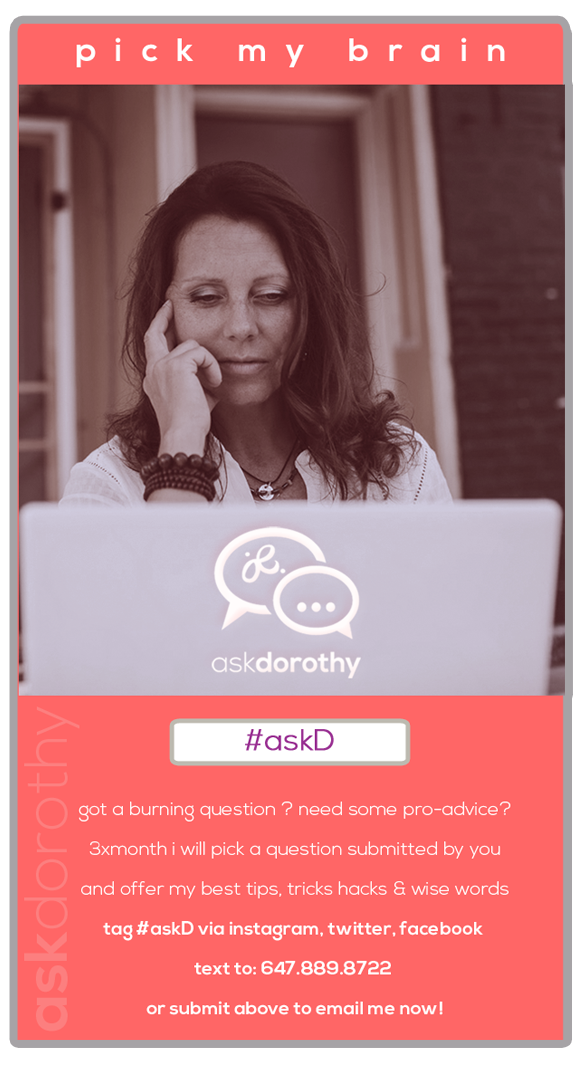
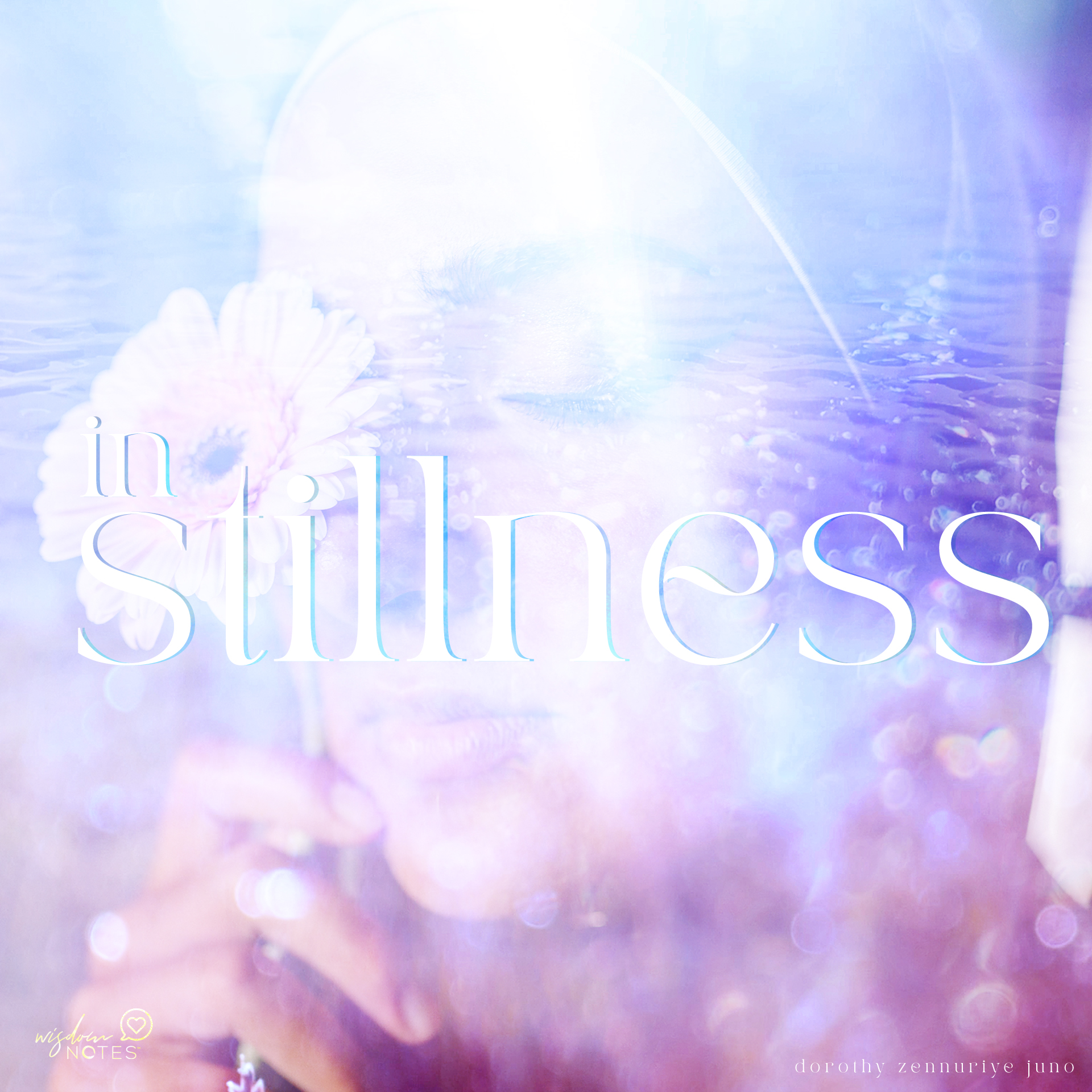
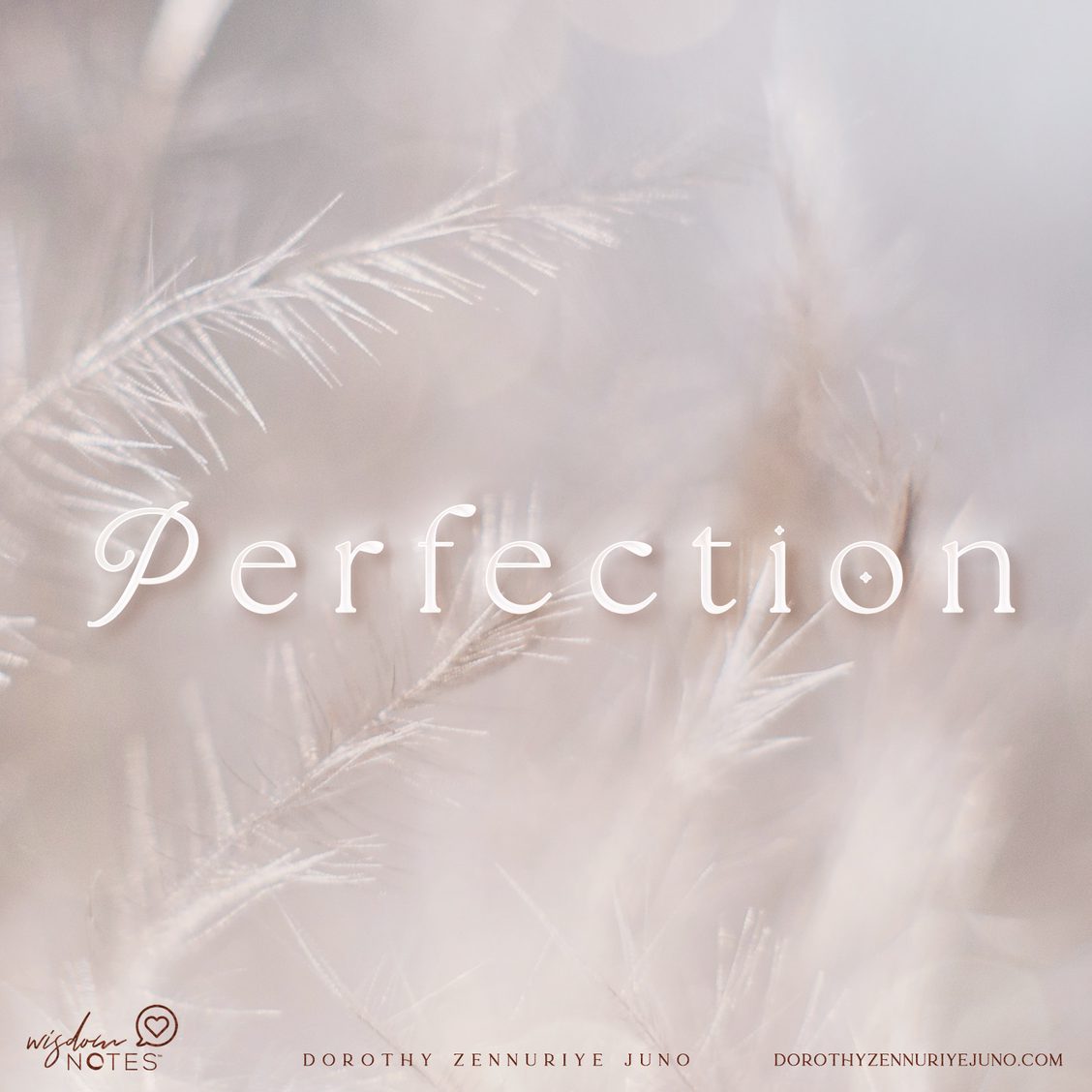








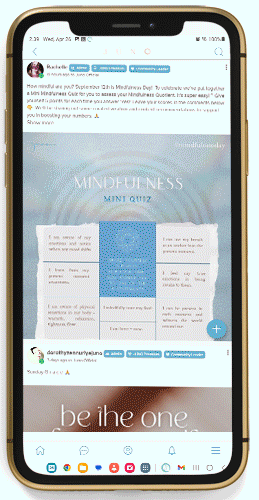

Leave A Comment
You must be logged in to post a comment.